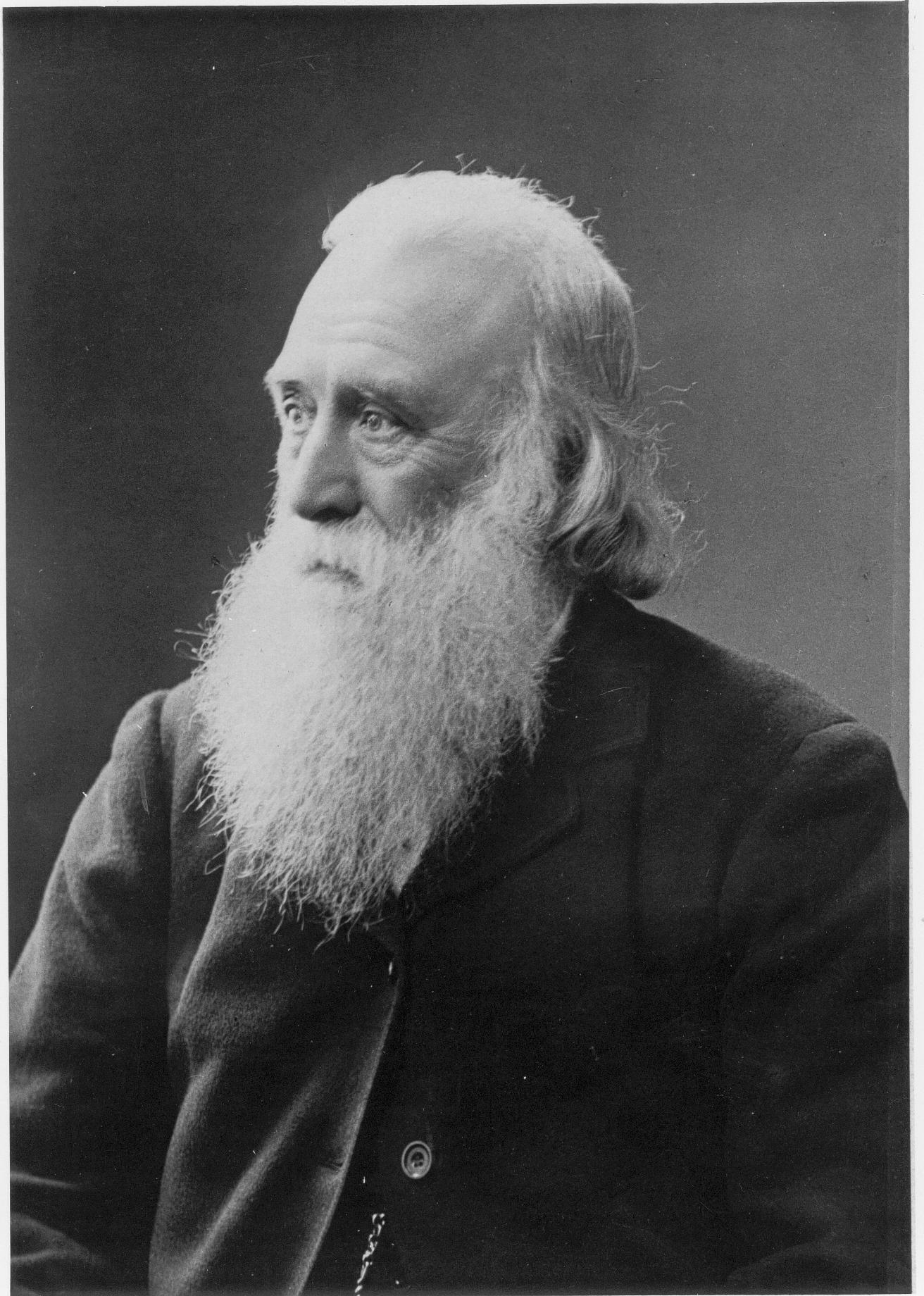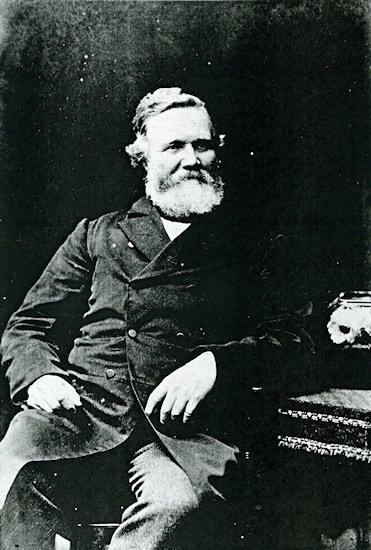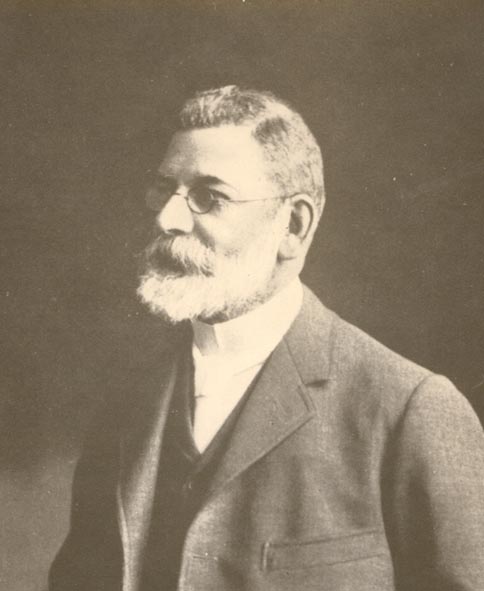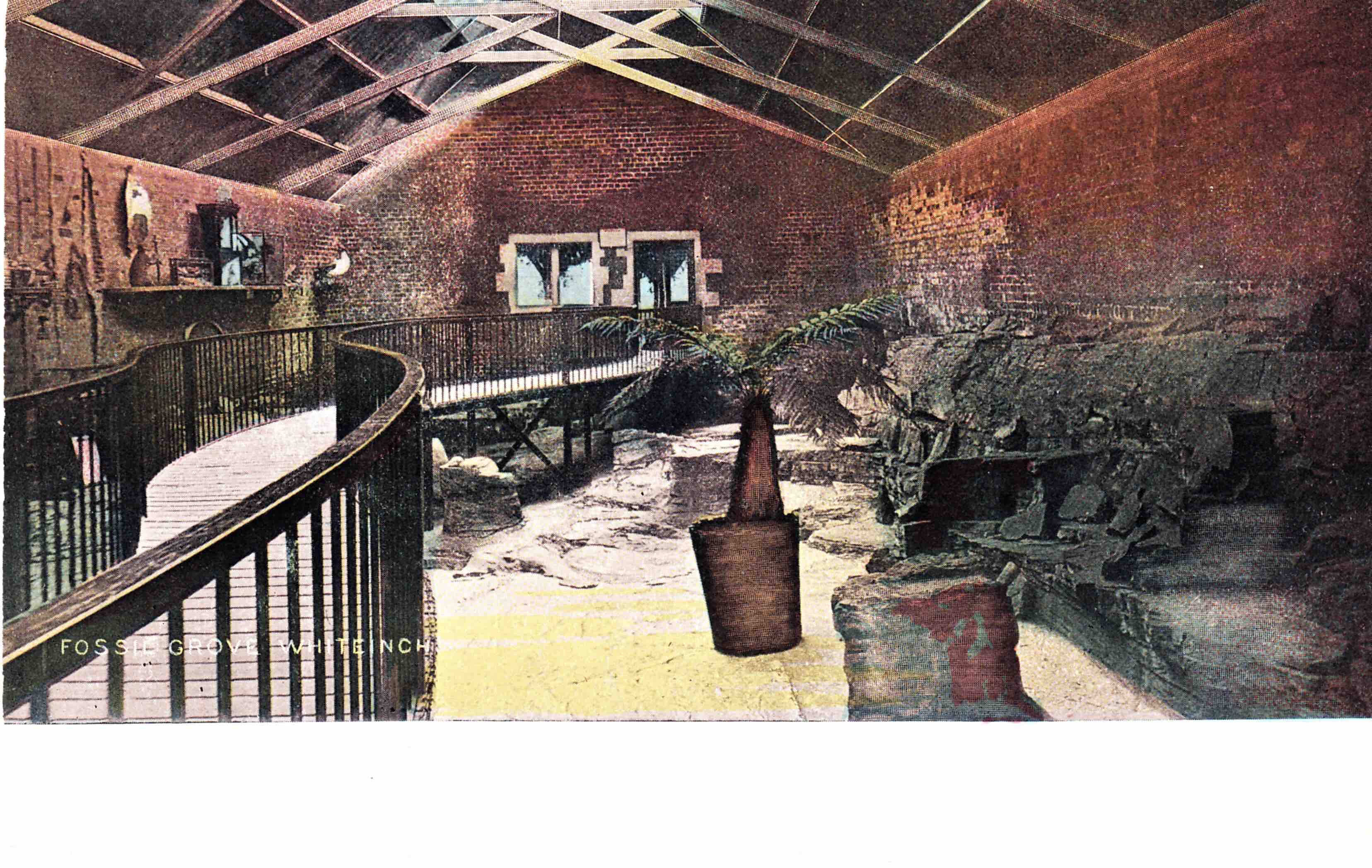In 1885 the Commissioners of the Burgh of Partick leased 46 acres of Scotstoun estate to form a public park. In late 1887 a path was being cut as part of the landscaping works through an old disused roadstone quarry when the first of the fossil tree stumps was uncovered.

By March the national newspapers were reporting on this important discovery. The Scotsman mentions “half-a-dozen tree-fossils” believed to belong to the family Lycopodii. The Partick Commissioners were told that the discovery “continued to excite great interest among scientific men, and was described as the most remarkable that had been made in the kingdom.”

A contemporary report from a meeting in Kilmarnock suggested that “The forest now revealed is to Scotland what Pompeii is to Italy …” In April 1888, a paper by Mr John Young and Mr D.C. Glen was read on the trees at a meeting of the Geological Society of Glasgow.
A letter from Mr Robert Kidston of Stirling was also read out in which he reported that the trunks belong to the species Lepidodendron veltheimianum and the root system to Stigmaria ficoides. The meeting suggested that these fossils should be preserved in situ and that the area should be formed into a museum with a proper roof.



A brick building with a slate and glazed roof was erected in 1889 at a cost of about £400. A viewing walkway ran down the centre. During WWII, a bomb blast damaged the roof and one of the stumps and a new metal and glass roof was constructed and the walkway removed. The glazed roof was eventually replaced with opaque panels in the 1990s.
